Simply south of Mount Fuji, on a modest 176-acre web site as soon as occupied by Toyota’s Higashi-Fuji automotive manufacturing facility, a groundbreaking city experiment is underway. Launched in 2024, Part 1 was accomplished final yr and homes 360 residents, most of them Toyota staff and their households, in addition to some researchers and retirees. It would finally be residence to some 2,000 residents.
The title “Woven Metropolis” symbolizes each the town’s interwoven street networks and Toyota’s historic roots within the textile trade, capturing the fusion of mobility, digital infrastructure, and human interplay.
Woven Metropolis is neither a typical deliberate group nor a wise metropolis within the traditional sense of the time period. It was intentionally launched to as an “city working system”—an actual world residing laboratory or—designed to study and refine itself by way of real-world information and resident suggestions.
Kaizen in metropolis kind
Woven Metropolis may be seen as an extension of Toyota’s pioneering philosophy of steady enchancment or kaizen that sees employees because the supply of true innovation. As the town comes to switch the commercial company as the basic platform for the information age, Woven Metropolis empowers residents to actively form and construct their group.
At its core is the premise that residents aren’t passive customers of pre-designed methods however lively co-creators of rising ones. Woven Metropolis explicitly consists of various demographic teams equivalent to households, retirees, engineers, and researchers, making certain suggestions displays a broad vary of lived experiences, making the town extra related and efficient as an city prototype.
To assist this co-creation, Toyota constructed in depth suggestions mechanisms into Woven Metropolis’s design—conventional ones, like participatory design workshops, behavioral surveys, and resident advisory panels, and complex digital applied sciences that observe behaviors. Actions starting from strolling by way of public plazas to residents’ utilization of pop-up kiosks present steady information which is used to enhance methods and companies.
As Toyota strikes from Software program Outlined Autos to the broader strategic idea of complete mobility, Woven Metropolis supplies a prototype of a Software program Outlined Metropolis. Moreover, Woven Metropolis extensively employs Web of Issues (or IoT) gadgets and digital twin know-how, enabling city planners to proactively simulate city situations and optimize methods equivalent to power, waste, water, and lighting earlier than deploying them in the true world
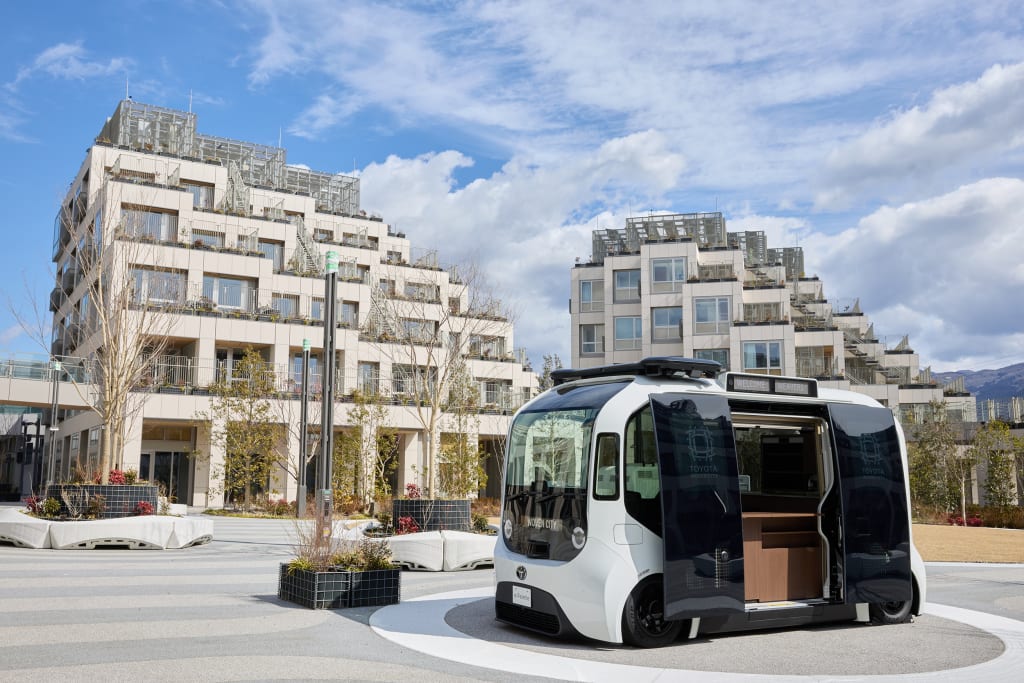
An autonomous automobile testing floor
Toyota has built-in various company companions into Woven Metropolis’s collaborative framework. Daikin, for instance, exams adaptive air-quality options inside residential models. UCC Japan operates cell cafés to boost group interplay. DyDo and Nissin pilot vitamin kiosks that monitor and reply dynamically to shopper preferences, gaining insights into how individuals work together with these methods in real-time settings.
Town’s buildings are primarily constructed from sustainable, carbon-neutral wooden and topped with photovoltaic photo voltaic panels. Important infrastructure, together with electrical energy, water, and web cables, is put in underground to boost security and aesthetic enchantment.
Town’s infrastructure permits testing autonomous driving and different improvements which are troublesome to check out in conventional city settings. It integrates above floor and underground methods, These methods are constantly optimized based mostly congestion. Pedestrian and biking promenades are configured as linear parks, and flank lanes which are devoted to low-speed autonomous shuttles.
e-Palette shuttles present accessible transportation, ship items, and provide cell retail, supported by sensors and communication methods to handle visitors flows. Facilities like pop-up cafés and pocket parks are launched when information signifies declining foot visitors, enhancing street-level vitality.
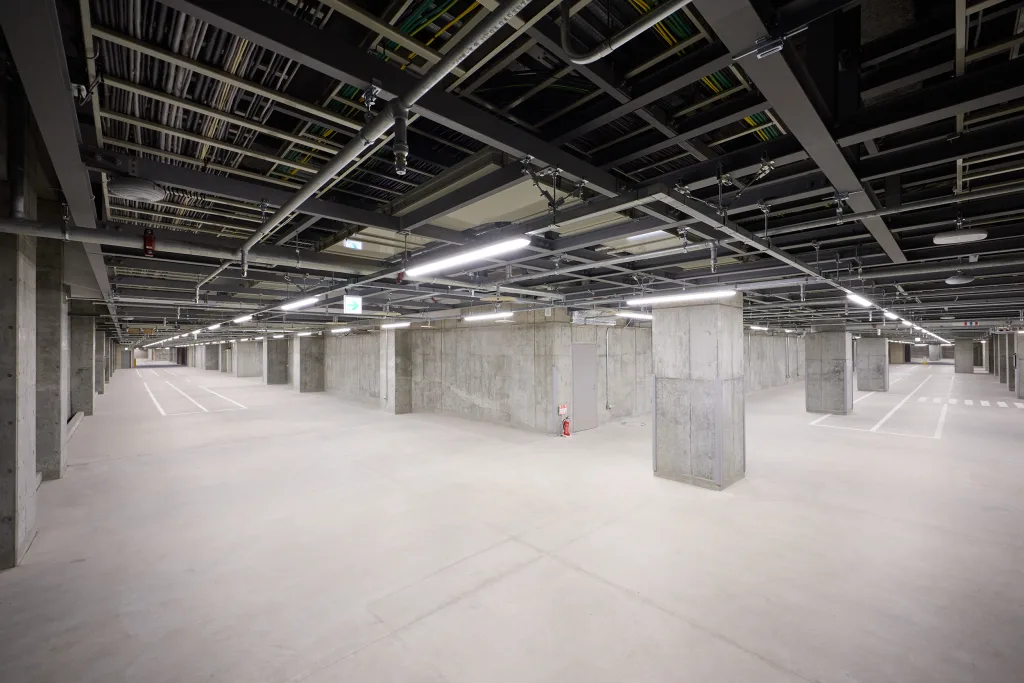
A metropolis beneath the town
Underground, an in depth community of tunnels facilitates discreet and environment friendly supply and waste administration through autonomous automobiles and robots. This underground tunnel system connects the town’s 14 buildings by way of roughly 25,000 sq. meters of subterranean tunnels.
Autonomous supply robots can do their work with out having to take care of altering climate situations, considerably enhancing effectivity and sustaining pedestrian-friendly streets. Apparently, for the world’s main automotive firm, privately-owned gasoline-powered automobiles are prohibited, reflecting the town’s sustainability dedication.
Central to Woven Metropolis’s sustainable infrastructure is a decentralized hydrogen microgrid, supported by rooftop photo voltaic panels, stationary gas cells, and replaceable hydrogen cartridges for automobiles and residences. This transportable hydrogen cartridge system supplies sufficient to energy typical family home equipment for a number of hours.
These cartridges are comparatively mild and are designed to be transportable and simply changed, supporting decentralized and resilient energy methods. When aged residents had problem utilizing this method, it was rapidly redesigned to incorporate assisted lifts and to work with voice-command applied sciences.
When it was seen that aged residents had troublesome utilizing this method, kiosks had been redesigned to make use of voice-command applied sciences to activate assisted lifts to make dealing with simpler for them.
A dense array of sensors screens every little thing from pedestrian flows, power consumption, and environmental situations, and to utilization patterns in public areas. This information permits planners to check situations, alter shuttle schedules, and reconfigure public areas based mostly on precise utilization patterns and surveys, recalibrating road lighting, for instance, to enhance nighttime vibrancy.
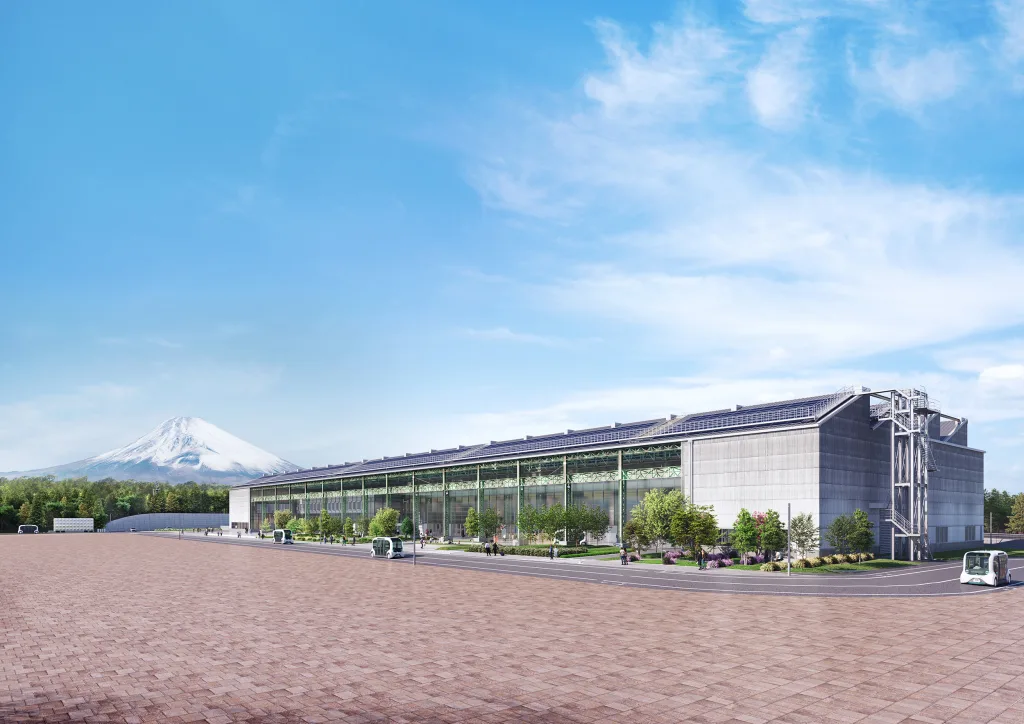
What can we study from Woven Metropolis?
Finally, Woven Metropolis’s transformative strategy may be distilled into three elementary rules:
- Begin small, iterate quick: Validate concepts by way of restricted real-world trials earlier than scaling—treating the town not as a completed plan, however as a steady experiment.
- Steady real-time suggestions: City applied sciences and methods that use resident enter to rapidly and constantly adapt how the town works.
- Empowered residents: Interact residents not as passive customers, however as lively co-creators whose lived experiences form and refine city methods in actual time
Taken collectively, these three rules replicate the core notion that cities are dynamic studying methods that should frequently adapt based mostly on residents’ behaviors and suggestions.
As a self-described city prototype, Woven Metropolis’s strategy gives helpful insights for communities of all sizes and shapes—from new “cities from scratch” to present downtowns and suburbs. Toyota intends to increase profitable improvements from Woven Metropolis to city areas across the globe.
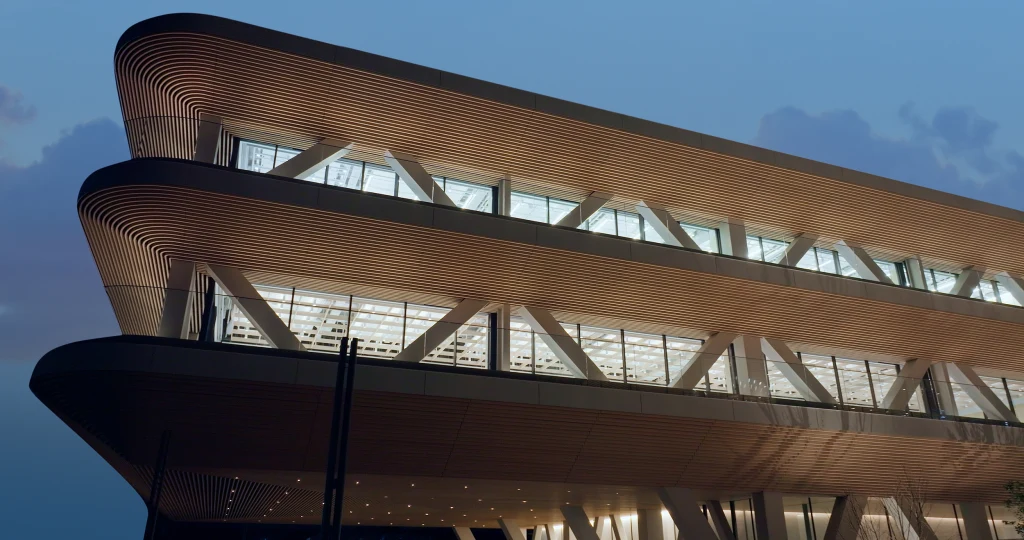
Many new tech-driven cities—like Google’s Sidewalk Labs, California Ceaselessly, and Saudi Arabia’s NEOM—have stumbled by aiming too huge, overspending, following inflexible plans, and overlooking group enter. Woven Metropolis demonstrates a better path: begin small, contain residents from day one, and keep versatile. By treating the town as an ongoing experiment, Woven Metropolis constantly evolves based mostly on real-time suggestions from its residents. This bottom-up strategy drives real innovation and builds belief in methods top-down tasks hardly ever obtain.
Downtowns at this time face important challenges, because the shift to distant work reduces commuting, will increase workplace vacancies, and cuts transit ridership. Woven Metropolis’s real-time suggestions strategies will help companies, planners, and policymakers reimagine a greater future for downtowns. Actual-time information can pinpoint which workplace buildings ought to transition into housing, mixed-use areas, or leisure venues.
Monitoring applied sciences may assist information transit enhancements—optimizing bus routes, subway traces, and redesigning streets to raised assist pedestrians and cyclists. This strategy can speed up the transformation of downtown areas from single-purpose enterprise districts into vibrant, linked, and various neighborhoods.
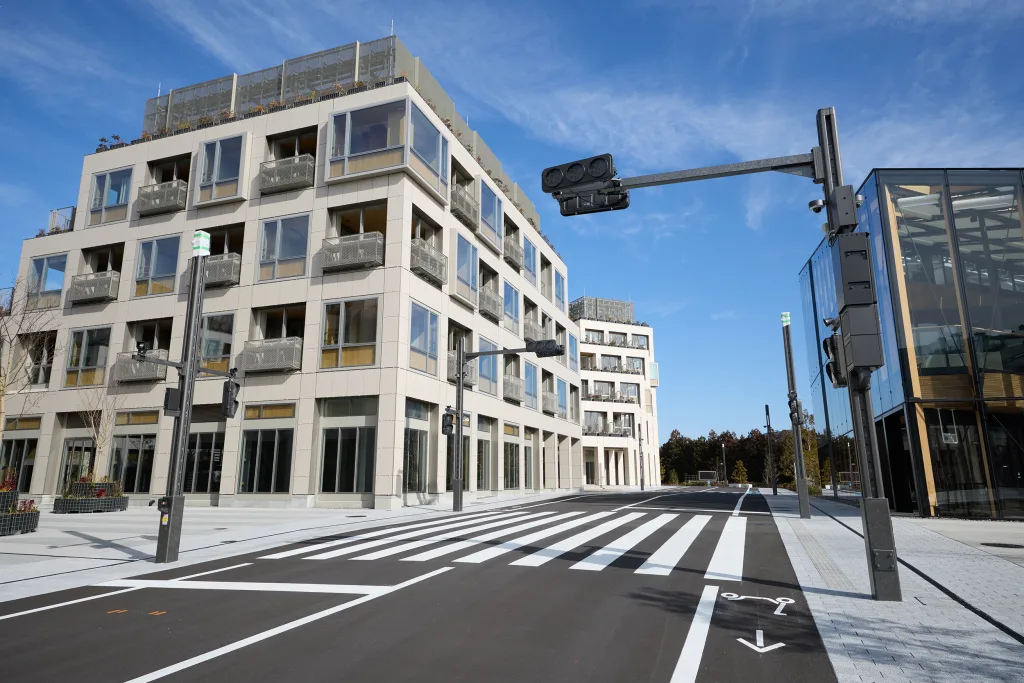
Suburbs, traditionally constructed as bed room communities, are additionally experiencing profound modifications. With the rise of distant work, extra individuals search to combine their work and residential lives. Woven Metropolis supplies a helpful template with its emphasis on mixed-use improvement, versatile infrastructure, and lowered reliance on vehicles.
Its strategy will help suburbs remodel car-dominated infrastructure by incorporating linear parks, rising inexperienced areas, selling walkability and biking, and effectively managing supply automobiles. Its strategy may assist suburbs learn to extra strategically array places of work, coworking areas, retail, and leisure services; and create extra vibrant primary streets and city facilities. Woven Metropolis’s versatile constructing applied sciences might be a mannequin for adapting conventional single-family houses into extra versatile live-work environments.
Woven Metropolis updates Jane Jacobs’ elementary insights for our excessive tech age. In contrast to so many different sensible metropolis efforts, it reveals how new applied sciences will help cities evolve and study from the day-to-day information and actions of the individuals who inhabit and use them.


